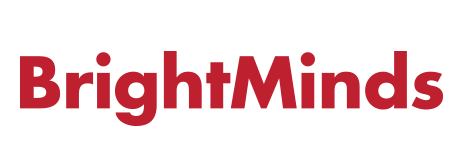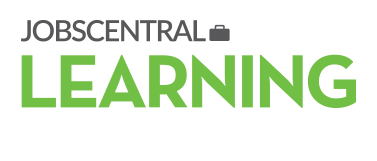Software-as-a-Service (SaaS) hiring models may come with higher initial costs, but find out how this can lead to greater payoffs for your company over time.
As an employer, you are constantly exploring new ways to lower costs and boost efficiency. And when it comes to Human Resources (HR) management and hiring, you will be looking for software solutions that help you to track and manage applicants, provide advanced data analytics and metrics, and ultimately improve your hiring process.
To do so, it's time to ditch the antiquated enterprise software bundle that was so tedious to install and slow to update, and embrace subscription-based Software-as-a-Service (SaaS) models, which are essentially paid cloud computing services.
SaaS subscriptions are a vast improvement over traditional out-of-the-box software, and employers can now take advantage of applications that can be easily customised to suit their unique needs and enjoy the lower costs that come from reduced expenses on support and licensing.
Improved Productivity and Flexibility
One of the main benefits that SaaS offers to employers like yourself is the ability to reduce the burden on HR staff and improve their productivity. With completely automated features to help you track and process your applicants and notify you of necessary follow-up actions, hiring is made simpler than ever.
Furthermore, the architecture of SaaS allows you to customise the user interface to match the look and feel of your company's branding or website. With traditional software, such customisation was costly, if not outright impractical.
BPR-Rico Manufacturing in Ohio in the US replaced its legacy HR systems which used paper-based time cards with Kronos's SaaS platform in 2012. Previously, updating their HR software was a tedious, multi-step process. But with SaaS, the cloud-based software handles everything under the hood and does away with the manual tedium.
Better Access and Service
Traditional software also requires your company computer network to have the software installed on it before it can be accessed. With SaaS, all you need is a device with an Internet connection. And because SaaS updates are delivered seamlessly over the cloud and across all relevant devices, it becomes easier to ensure that all the relevant parties are utilising the same interface and information.
Furthermore, traditional software was built around one-time payment on the part of customers. This meant that there was little incentive to continue to deliver stellar updates to continue to improve user experience and boost functionality. However, because of the subscription-based model of SaaS, service providers have a greater incentive to continue to follow-up and improve on their software because customers can drop out of their subscription at any time.
The Subscription Model Pays
The SaaS pay-as-you-use subscription model is also characterised by the simplicity and flexibility of its billing model. SaaS service-oriented architecture means that it is possible to offer changing configurations of various services in accordance with varying subscription levels.
As a result, companies gain the freedom to choose the subscription model that fits their needs and budgets best. And should companies decide to cut back on their software budget, the SaaS billing model facilitates the switching to a more affordable subscription model with ease.
In a time where 90 per cent of Fortune 1000 companies plan to replace their HR management software and move into the cloud in the near future, SaaS is clearly on an upward trend. The cloud is the future, and there is little reason why you, the employer, should not take advantage of it and get onto the SaaS bandwagon.





